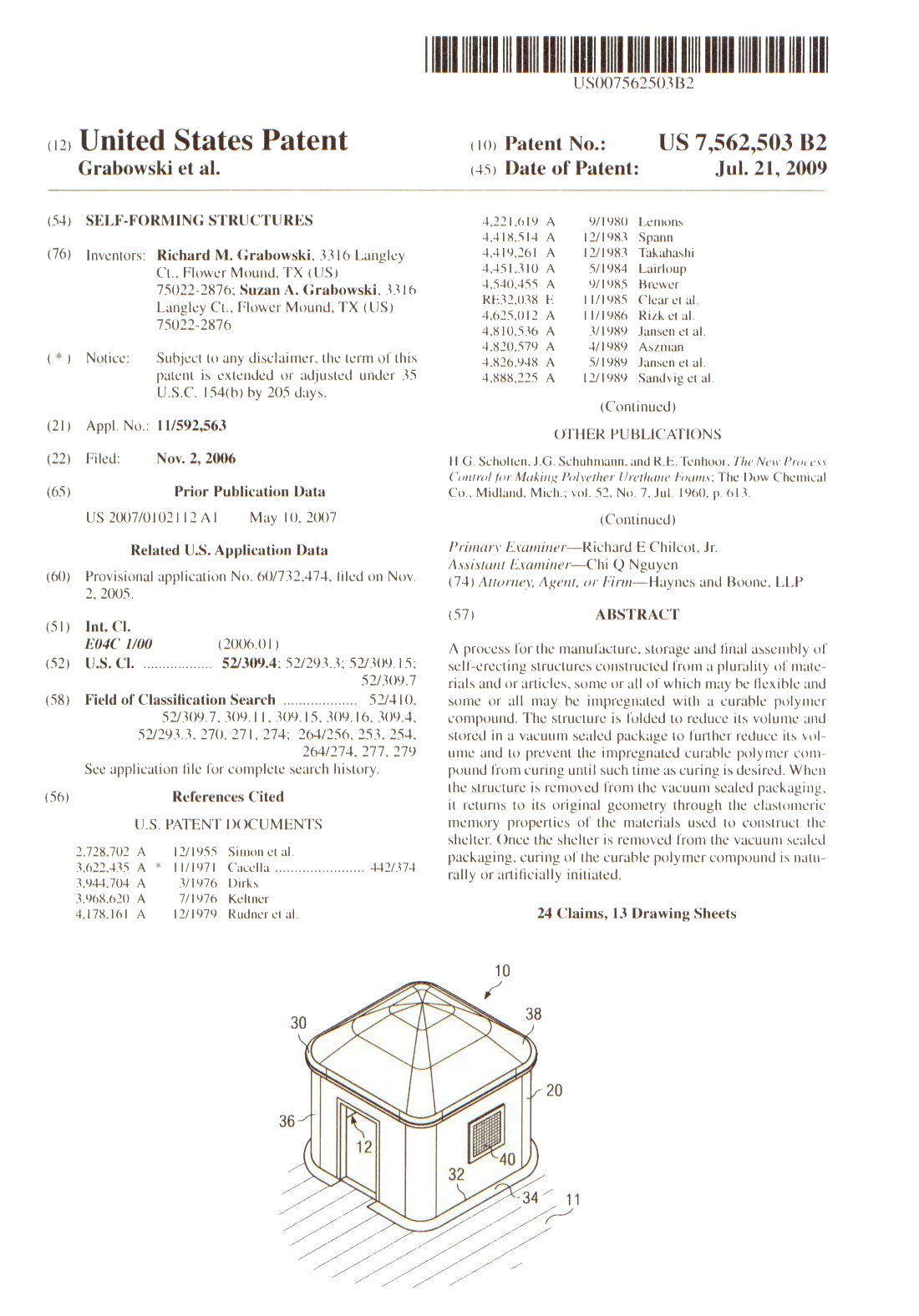New Product Development – Disaster Relief Shelter System
New Product Development Project ~ Disaster Relief Shelter System
Disasters have forced hundreds of millions of people across the globe to be displaced. 1.5 Billion more live in inadequate structures. Living conditions in these environments is very caustic causing all sorts of ailments from disease, assaults ( especially on women and children), lack of education, lack of proper sanitation and much more. To counter this condition and to attempt to enable change in the way disasters response is managed, new system for delivering shelters were developed. The concept focused on the elimination of tents, and harnesses raw material rather than finished goods to build shelters on site in overwhelming volumes.
Disasters have forced hundreds of millions of people across the globe to be displaced. 1.5 Billion more live in inadequate structures. Living conditions in these environments is very caustic causing all sorts of ailments from disease, assaults ( especially on women and children), lack of education, lack of proper sanitation and much more. To counter this condition and to attempt to enable change in the way disasters response is managed, new system for delivering shelters were developed. The concept focused on the elimination of tents, and harnesses raw material rather than finished goods to build shelters on site in overwhelming volumes.
The basis for the solutions was to utilize modern commodity materials such as structural foam and complete the shelters with as much local component as possible. In other words, use people and material locally to engage the affected populations and keep as much money as possible in the local economy. This process resulted in the creation of long last, sustainable, insulated shelters and houses. A positive outcome is that shelters can stay with the recipient and become a permanent part of a future home.
The most difficult aspects of the development project was identifying materials that were regarded as commodity items, has the most efficient shipping and logistics features, and would be able to be utilized to make shelters quickly ( in under 1 hour). The end product would also need to outlast conventional shelter products by a magnitudes in the hundreds.
The first foam based shelter was an industrial strength tent. This product met many of the intended goals, yet it was not permanent. It would last a decade or so but this was not the desired duration.
The second generation shelter utilized advancements in the foam technology to create a more durable rigid shelter. The challenge was to develop the method of constructing this kind of shelter in the field, where the goal of using local participation was necessary. A combination of a new structural foam and a disposable mold came into play to produce shelters that were long lasting. The setback with this method was the mold; although made from cardboard and therefore relatively inexpensive, it was complicated to construct and vulnerable to inclement weather. In addition, foam creates significant pressures when developing. Although ribs were added to reinforce the mold the wall and roof profiles were too irregular to build repeatable structures.
The third generation shelter was closer to what we were expecting but the shelter was not attractive in the marketplace. It had two limitations which prevented its acceptance. First it was limited in size. Only a few sizes of shelters could actually be built. This is not normally important for a temporary shelter but we intended to create shelters that had permanency. Limited sizes meant the shelters could not function well as a permanent component to a house. In addition the tools (mold) to build the shelters became too expensive and cumbersome. One of the structural components of the shelters came from them being a uni-body, all one piece construction so the mold was as large as the shelter. Lastly, selling a foam home, no matter the technical merits proved to be unattractive to the marketplace.
The forth iteration leveraged everything learned from the previous two iterations, miniaturized the tools, incorporated hardened skins for the interior and exterior walls and created what is known as a SIP panel. Although SIP Panels were not what we intended to provide initially, they do fit all aspects of our desired outcome plus have the advantage that they have been used in construction for 50+ years. We leverage the fact that SIP Panels, for as good as they are technically, simply can not be shipped, especially internationally.

Quite possibly the most significant aspect of this solution is that the wall thickness can be accurately controlled and is adjustable making it possible to size the panel according to locally available support members like 2 X 4’s. This means thin walls can be made for shelters and conventional thicknesses can be made for houses or commercial buildings. And because SIP Panels are recognized in the International Building Code they are acceptable almost everywhere for conventional structures.
What started off as a project to create a better shelter, ultimately produced a universally acceptable, International Building Code compliant panel system for shelters, schools, clinics, commercial buildings and more.
Projects Overview
Company: IADDIC Shelters, LLC
Project Outcome: Build low cost, adequate disaster relief shelter
Time to develop: 4 years
Patent No: #7,562,503 (International Patent in 28 countries)
Organization structure: startup
Project Type: New product development
Number of Projects Managed: 1
Largest single project team: 4
Organizational authority of project manager: engineering and materials, manufacturing
- Date June 25, 2015
- Tags Product Development





